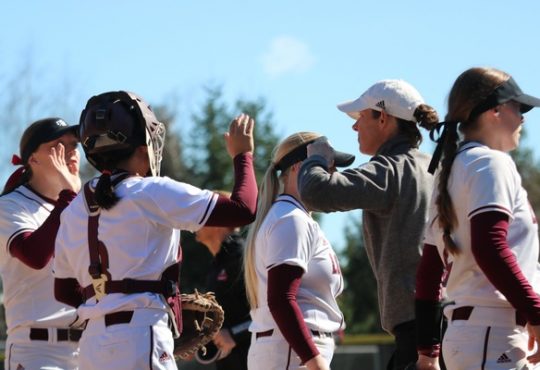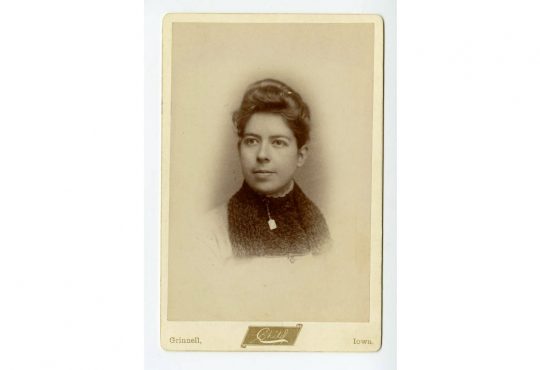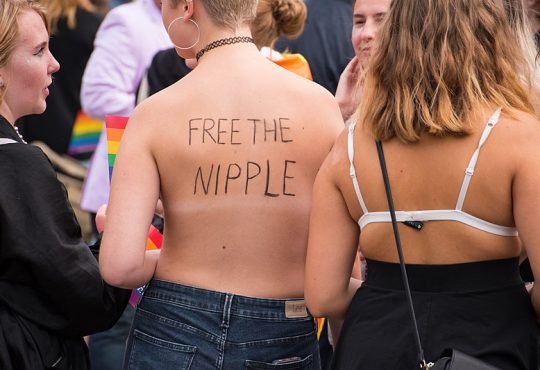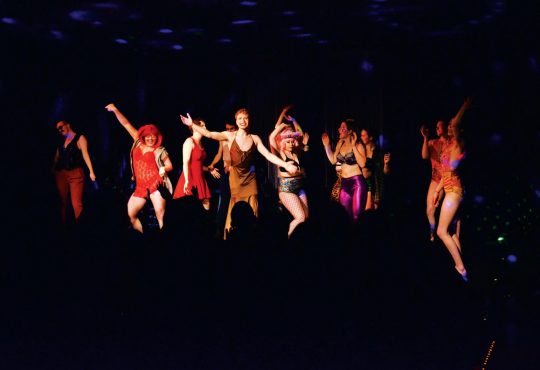The last couple of decades have seen an incredible increase in gender diversity in the world of gaming. Video games, tabletop games and other forms have created an entertainment subculture with few, if any, barriers to entry for any interested party. Yet, one of the major issues in gaming has stuck around for almost as long as gaming has been in our world: misogyny and gender bias. Male-dominated spaces and the mythical “gamer girl” pervade even in an era where one might be forgiven for thinking that gaming is an equal opportunity space.
Two characters worth mentioning are Quiet, from “Metal Gear Solid V” and Bayonetta, from the franchise of the same name.
Quiet, designed by Hideo Kojima, is overtly sexualized and scantily clad, and the excuse for this is that she is infected with a parasite that makes her breathe through her skin and therefore must have as much skin exposed as possible.
This is, essentially, a cop-out for creating a sexy character.
On the other hand, Bayonetta, designed by Mari Shimazaki, is revealing in the same physical sense, but the reasoning and the design are different.
In a 2009 interview with Gamespy, Shimazaki created the image of Bayonetta as an extension of the player, an appropriately powerful lead character that engages with images of sexuality while remaining overtly in charge of her own game.
(For more information on this character, please visit: xbox360.gamespy.com/xbox-360/bayonetta/1013849p1.html)
Both of these characters are equally important in this discussion.
One is obviously and overtly problematic, but the other is a symbol of female power and both are criticized for the same reasons.
Female characters in gaming are often accused of pandering to the male gaze, and so-called critics do not distinguish between Quiet and Bayonetta when making those arguments.
Anita Sarkeesian, a prominent media voice connected to women in gaming, has been found to openly lie about her gaming experience in order to blind consumers to those distinctions.
There is no academic integrity in the work of Sarkeesian or Feminist Frequency.
Yet, it’s easier to sensationalize and shut an entire medium down than to change it for the better, it seems.
Sarkeesian’s enrapturing nonsense does as much for changing gaming as ignoring the problem does. Propaganda creates paranoia, and diminishes real arguments against the problems that women face in the gaming community and in male-dominated fields in general.
For example, women in the science, technology, engineering and math fields (STEM), such as class of 2015 computer science major Gaby Yoque, are on the front lines of these fields.
“It might be that most people don’t actively think about what it feels like to be a woman in STEM.
They’re not the ones facing discrimination so they don’t think about what their actions are causing.
Because of this, I believe that women stop taking computer science classes, because of the environment that is inevitably created,” said Yoque.
No matter how real or made-up someone says the discrimination is, the numbers and candid experiences of women in these areas tell the story.
“I remember in my intro comp sci class, the male to female ratio was relatively even, maybe four to three?” Yoque said.
“But that ratio drastically changes the farther you get into the major.”
The fact that there are women at all in the field is a testament to the progress that has been made thus far. However, there’s still a long way to go in a serious field like computer science, and the road that an entertainment medium like gaming has to travel is even more arduous.
An owner of the local store Tacoma Games Lorien Hess is an avid gamer and an advocate for an environment safe for all gamers.
The road hasn’t been easy, but the results are undeniable.
“I’ve played ‘Dungeons and Dragons’ since I was four years old,” Hess said, explaining how her mother started her love of the game.
“But other than she and I, anyone we ever played with – ever – were men, men and boys.”
Even when she and her husband got D&D groups of fourteen people, Hess was the only woman.
Women in game stores in the 80s and 90s were unheard of, and the representation was meager, to say the least.
“When we talked about opening a game store, one of our main focuses was, obviously, women. We wanted to create an environment that was comfortable for women to be in and to play the things they wanted to play…Being the only woman in the room doesn’t mean you want to feel like the only woman in the room,” Hess said.
From Hess’s perspective, one of something that has helped women is the rise of gaming in culture as well.
Compared to the previous decades, more men, women and children are experiencing gaming as a massive popular medium.
An individual can be a “nerd” without being a social outcast as well; this was not always the case.
Even so, the larger number of gamers also has negative consequences.
Because gaming has been and still is a male-dominated area, the risks for women of encountering harassment and misogyny are greater if they do go out to their local game stores.
It’s a problem for the stores because it only takes one negative experience to turn off a customer forever.
This is doubly so if the customer is not always privy to such excursions.
Still, changes are happening. “We have more and more women coming to play Magic [the Gathering], for example, all the time, and…at least 75% of those women will come in and say, ‘I have tried to play Magic other places, and I have felt very uncomfortable. I have been treated badly, or ignored, or just not made to feel welcome…’ But then they come to play here, and they’re ecstatic,” Hess said.
Wizards of the Coast’s market research has shown that Magic: the Gathering has an approximate gender ratio of 62% male and 38% female, according to some recent market research.
These numbers are almost never represented in tournaments, as shown by the fact that only one out of the top 100 worldwide players is a woman – Jackie Lee.
Even in the game itself, however, representation is changing.
The most recent sets have strong depictions of women as leaders, warriors and revolutionaries – including a transgender woman and an autistic woman, both of whom have important and positive roles in both story and game.
Going along with this, game stores have had to change and change for the better to stop misogyny and make the gaming medium an inclusive place for everyone.
“Male, or female, or transgendered – we have people of all kinds, and they’re all here to have a good time and to be welcoming to one another,” Hess said.
With the main goal of creating a safe space for all nerdy interests, inclusion of women into a space traditionally dominated by men becomes easier when such an objective is central.
The goal should never be to pander – the medium’s integrity becomes tantamount to equality.
Drama and expressions of outrage might garner media attention, but they create a poor rhetorical shield upon which substantial change can occur.
Dedication to central ideals, like those shown by Tacoma Games, allows for a gaming space in which women can prosper.






